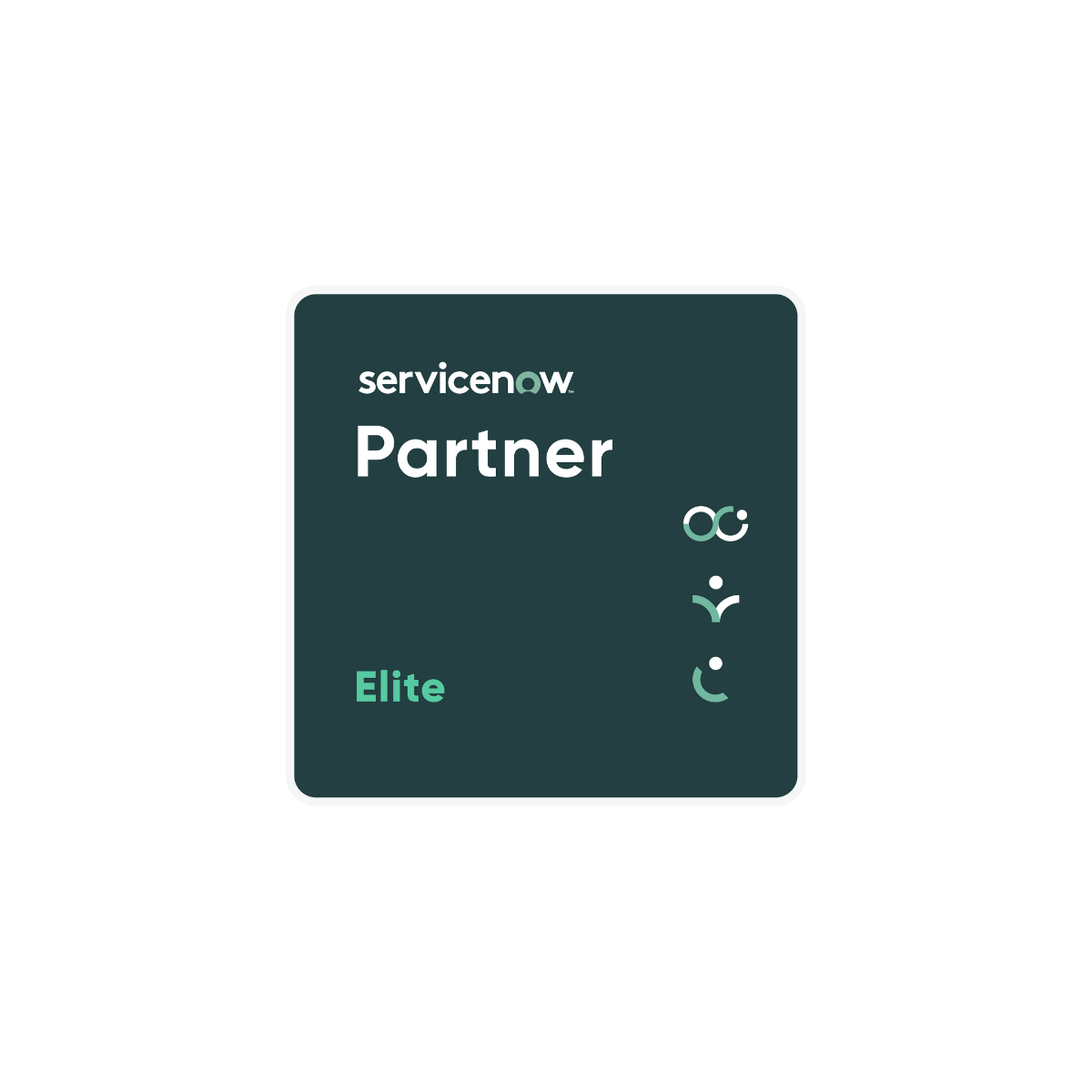How to Tell When the Silver Bullet’s Not Working
So, you invested in the ServiceNow platform, and spent months implementing it and training your team and employees throughout the enterprise how to use it. Now, all you hear are complaints. It’s not working the way you or anyone else expected. Employees have come up with all kinds of derogatory names for ITs latest, failed, silver bullet.
Feeling like Sisyphus, you wonder if you and your team will ever prove your value to the rest of the organization. And you also wonder why so many IT leaders consider ServiceNow to be the holy grail of IT service platforms. How did Gartner and Forrester get it so wrong?
Or is your organization just weird?
Sometimes, despite our best efforts, things don’t go according to plan and we’re left with more questions than answers. When you’ve implemented something as transformational as ServiceNow, the idea of scrapping the platform and starting over is a tough pill to swallow. If this platform is so awesome, why isn’t it working for you?
Relax. Even though you may feel the pressure to find a new platform altogether, the solution may be as simple as finding a new service partner. Here are some of the most common reasons that enterprises aren’t happy with their ServiceNow instance – and they’re all fixable with the right service partner.
1. Leadership questions report accuracy.
ServiceNow for ITSM provides an unprecedented window into IT, which means that leadership sees things they’ve never seen before. If they start questioning the accuracy of that reporting, it means they don’t trust the data they’re getting. Maybe the data’s not the problem, maybe it’s a communication problem.
Good service partners help you develop accurate reports for your organization using IT best practices and then communicate that report’s data effectively to stakeholders in the organization. They’ll understand why they’re seeing what they’re seeing.
2. Customizations instead of configurations
ServiceNow upgrades the platform twice a year and customers typically upgrade their instance once a year. But upgrades will skip over customizations. This means that every year when your organization upgrades the platform, you end up testing each one of your customizations to ensure compatibility with the platform upgrade.
A good partner will come in, review your customizations, and either manually upgrade them or show you how to use new platform configurations to get ServiceNow to work how you need it to.
3. Too many notifications.
While people like staying informed, no one likes getting spammed. When end-users receive too many notifications, they start to ignore them because they can’t filter out what’s important.
Working with a good implementation partner helps you employ best practices for identifying and employing the right number of notifications. For example, creating a knowledge base that houses frequently asked questions and their solutions, empowers employees to find solutions on their own - creating fewer tickets for the service desk to tackle and close.
4. End-users categorizing the problem.
Your instance of ServiceNow might have some categories, and every problem should fit into one of those categories. But allowing users to create their own categories can lead to a list of categories so long that end-users don’t even know what they’re looking for anymore.
A good partner will come into the engagement armed with a list of common categories that most problems fall into. And those that don’t, probably don’t have to be categorized at all.
5. Rebuilding legacy tools in ServiceNow.
No. Just No.
You know people are resistant to change. Especially changes in technology. Employees often feel like technology blocks productivity rather than enhances it. So, why not just build your legacy systems in ServiceNow and keep everyone happy?
As much as everyone may love their systems, the point of ServiceNow is to replace legacy systems with a more efficient and user-friendly tool. Rebuilding a legacy tool in ServiceNow is a waste of time and money. A good partner employs best practices to ensure that end-users embrace the new platform and there is no need to maintain the status quo.
Do any of these red flags ring a bell?
Maybe it’s time to research a new service partner. Visit the ServiceNow website to research partners who might fit your needs. Listen to your peers in the industry and find out who they’re working with, maybe they’ll have a recommendation for you.
Look for a partner who listens, helps you identify immediate problems, and has the vision to help you configure your instance so that it will transform your business well into the future.
Digital transformation will continue to disrupt industries. IT leaders like you are called upon to keep your organization in the race. If you’d like to learn more about how Crossfuze and SmartLaunch for ITSM can help you do that, reach out to us at LetsTalk@crossfuze.com.




